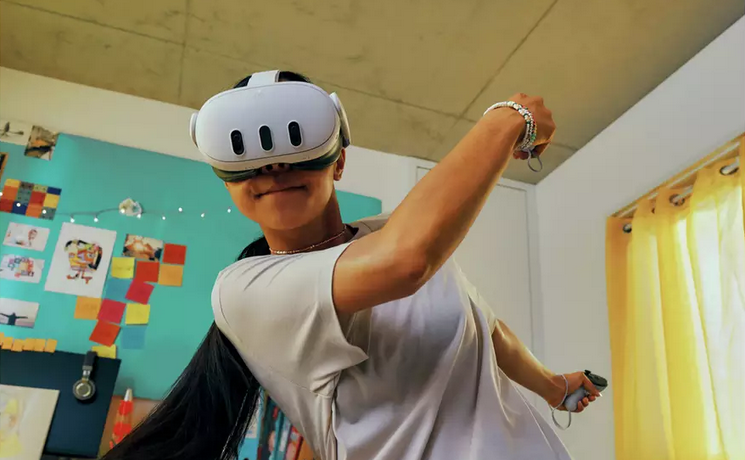
Technology is always changing with new devices and ways to experience things ever-growing. You may be familiar with Virtual Reality (VR) becoming popular, providing headsets to experience gaming in a new way. Alongside VR, there is also Augmented Reality (AR) which is also increasingly popular. In this article, we provide an overview of AR and how it compares to VR.
What is Augmented Reality (AR)?
AR is a type of technology that enhances the real-world experience. This is normally done via a screen or glasses, which can add new visuals and graphics to the view of the real world. Examples of this include AR filters found on apps, such as Instagram or snapchat, allowing the user to use their phone camera to explore their world with digital enhancements. Alternatively, dedicated AR devices have emerged, much like VR, allowing users to play games, find new ways to socialise, and learn new things.
What are the main differences between AR and VR?
The main difference between AR and VR is that AR focuses on enhancing reality, but VR creates a virtual reality to immerse the user in. For example, VR can create an immersive experience of a completely new reality such as an entirely new location, but AR can add elements to a reality, such as inputting an object to a room which you can only view through the AR lens. This means that although they can offer a similar experience in theory, the method of achieving this is fundamentally different.
Should you choose AR or VR?
Choosing between AR and VR is personal and depends on your specific requirements. If you want to become completely immersed in a new virtual environment, then VR may be the best option for you. However, if you want to experience the real world in a new way by enhancing it, then AR would be the best option.
Mixed reality as a middle-ground.
If you’re unsure what to pick, then Mixed Reality may be the best choice. Mixed reality is a solution which offers a mixture of augmented reality and virtual reality. This means it can help you to immerse into a virtual world, but also blend the physical world into this. For example, there can be elements of AR in the form of objects which are visible through the lens, but these objects can react to movements and gestures using VR. This means Mixed Reality quite literally mixes the elements for a full experience.

Conclusion
AR is not necessarily the new VR, but a different way to experience reality using technology. It is all down to personal preference as to which to choose, but each can help you enter the digital world in a new way. If you are unsure to opt for AR or VR, then a Mixed Reality may be the best option.